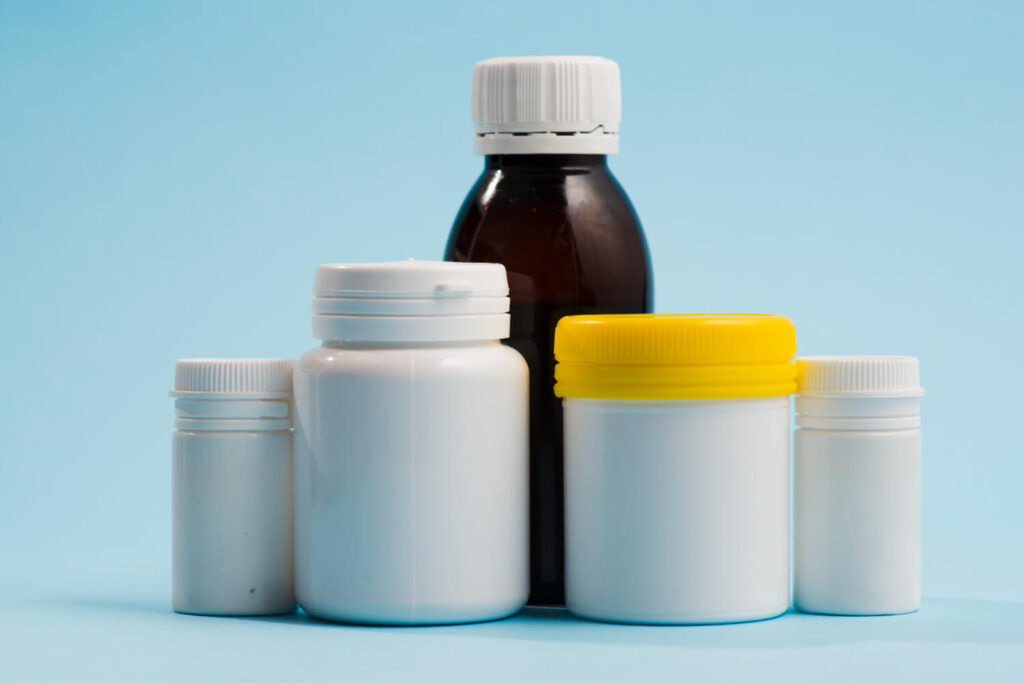

3 minuts 14.05.2025
Top Pharmaceutical Packaging Materials: Ensuring Safety and Compliance
Proper packaging in the pharmaceutical industry is crucial for ensuring the highest quality, effectiveness, and safety of medications. The materials used for packaging must protect the products from external factors and meet stringent legal standards and regulations. In this article, we will take a closer look at the best packaging materials and their role in the pharmaceutical industry.
Why is proper packaging crucial in the pharmaceutical industry?
Packaging in the pharmaceutical industry plays a crucial role in ensuring the effectiveness and safety of medications. It protects products from harmful external factors such as light, air, moisture, and contaminants, which can affect their quality. Proper packaging safeguards pharmaceuticals during transportation and storage. It also provides important information such as the expiration date, composition, and usage instructions. High-quality packaging also aids in precise dosing of the medication and helps build patient trust in the brand, ensuring the quality and safety of the product being used.
Types of Packaging Materials Used in the Pharmaceutical Industry
In the pharmaceutical industry, a variety of packaging materials are used to provide adequate protection for medications. The most commonly used material is glass, which is often used for packaging liquid substances and those sensitive to contamination. It is chemically inert and protects against light exposure. Plastic, particularly PET and PVC, is used for its light weight, resistance to mechanical damage, and low cost, making it suitable for blister packs for tablets. Another packaging material is laminated films and bags, which are used for packaging powdered products, ensuring hermetic sealing and convenient storage. In recent years, the importance of biodegradable materials has also increased, addressing the need for sustainability in the pharmaceutical industry.
Safety and Compliance of Pharmaceutical Packaging with Standards and Regulations
The safety and compliance of pharmaceutical packaging with standards and regulations are essential to ensure the quality and effectiveness of medications. Packaging must meet international standards, such as GMP (Good Manufacturing Practice), which guarantees quality control at every stage of production. There are also regulations concerning materials in contact with food, including those issued by the EU and FDA, which specify permissible levels of chemicals in packaging to prevent their migration into the medications. Compliance with regulations is crucial for protecting patient health.
FAQ
What are the 4 types of materials that used in packaging?
The four types of materials used in packaging are: glass, plastic, metal, and paper. Each of these materials has its unique properties, which determine their application.
What are pharmaceutical containers?
These are packages designed for storing medications, providing protection against external factors.
What are the 5 Rs of packaging?
The 5 Rs of packaging are: Reduction, Reuse, Recycling, Recovery, and Replacement.